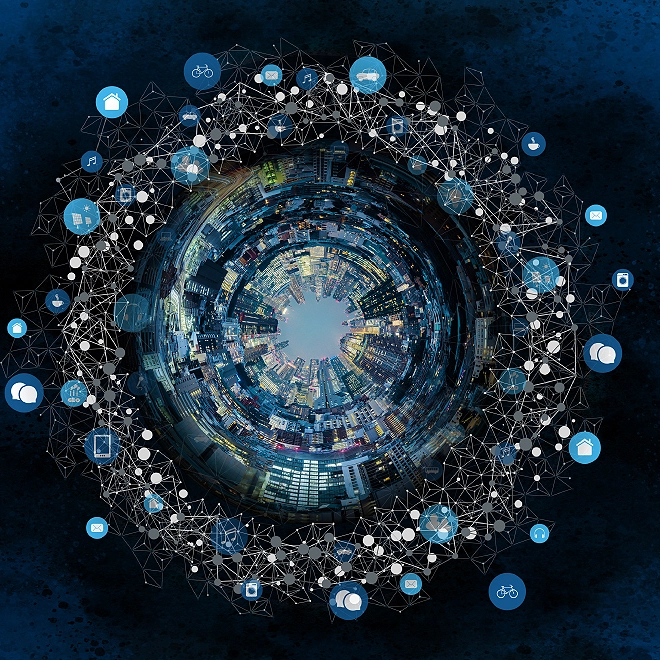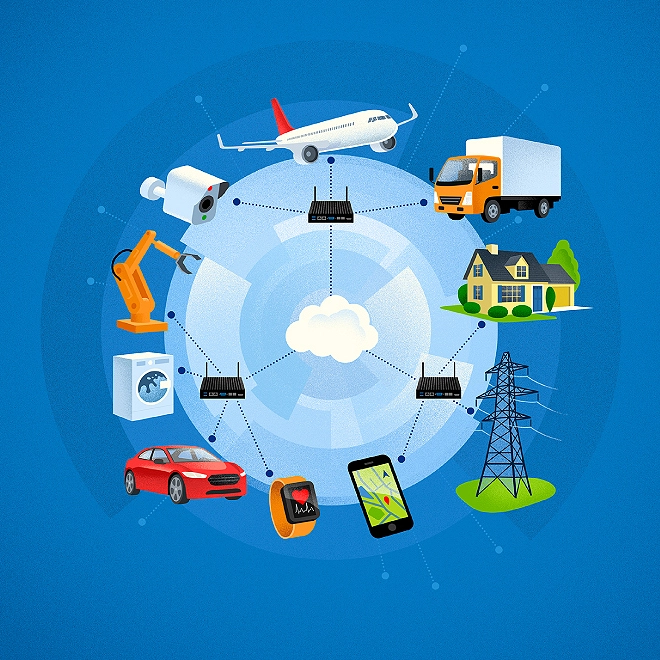Engineering and technology history wiki, “Milestones: Pearl Street Station,” http://ethw.org/Milestones:Pearl_Street_Station.html, accessed October 21, 2015.
View in ArticleNAE (National Academy of Engineering), “Greatest engineering achievements of the 20th century,” 2003, www.greatachievements.org/.
View in ArticleKarl McDermott, Cost of service regulation in the investor-owned electric utility industry—A history of adaptation, Edison Electric Institute, 2012, p. 21.
View in ArticleUS Energy Information Administration, Annual energy outlook 2015, April 2015, p. 8, www.eia.gov/forecasts/aeo/pdf/0383%282015%29.pdf, accessed November 16, 2015.
View in ArticleGregory Aliff, Beyond the maths: Preparing for disruption and innovation in the US electric power industry, Deloitte Center for Energy Solutions
View in ArticleThe cost-of-service model evolved to meet demand growth and to protect utility customers, rewarding capital investment in reliable assets: The model spreads the amortised investment plus operating costs and a reasonable rate of return across the increasing number of units demanded.
View in ArticleLehtonen and Nye, “History of electricity network control and distributed generation in the UK and Western Denmark,” Energy Policy, volume 37, issue 6, June 2009, pp. 2338–2345.
View in ArticleGartner, Gartner’s 2014 hype cycle for emerging technologies maps the journey to digital business, August 11, 2014, www.gartner.com/newsroom/id/2819918, accessed July 14, 2015.
View in ArticleMichael E. Raynor and Mark J. Cotteleer, “The more things change: Value creation, value capture, and the Internet of Things,” Deloitte Review, 2015, http://dupress.com/articles/value-creation-value-capture-internet-of-things.
View in ArticleNational Energy Technology Labs for US Department of Energy Office of Electricity Delivery and Energy Reliability, “Advanced metering infrastructure,” February 2008.
View in ArticleElectric Power Research Institute, Contributions of supply and demand resources to required power system reliability services, May, 2015.
View in ArticleInaugural address of Governor Brown, January 1, 2015, https://www.gov.ca.gov/news.php?id=18828, accessed November 6, 2015.
View in ArticleCalifornia Energy Commission and California Public Utilities Commission, “Recommendations for utility communications with distributed energy resources (DER) systems with smart inverters,” February 28, 2015, http://www.energy.ca.gov/electricity_analysis/rule21/documents/SIWG_Phase_2_Communications_Recommendations_for_CPUC.pdf.
View in ArticleFeeder automation systems detect, locate, and isolate faults and restore service in electric distribution feeders. Distribution feeders are the connexions between a sub-station and the distribution circuits that service customers.
View in ArticleDemand response management is a system that lets the utility coordinate and manage its various demand response programmes. A demand response programme is an agreement between the utility and the customer to reduce electrical load during times of peak demand and a mechanism to effect that shedding of load. Demand response programme mechanisms range from completely manual load reduction actions to fully automated systems triggered by signals sent by the utility.
View in ArticleInformation about the goals and status of this initiative can be found on New York State’s website, http://www3.dps.ny.gov/W/PSCWeb.nsf/All/CC4F2EFA3A23551585257DEA007DCFE2?OpenDocument.
View in ArticleDeloitte, Architecting the operating model of the future: Enterprise model design, Deloitte Consulting LLP, 2015
View in Article



